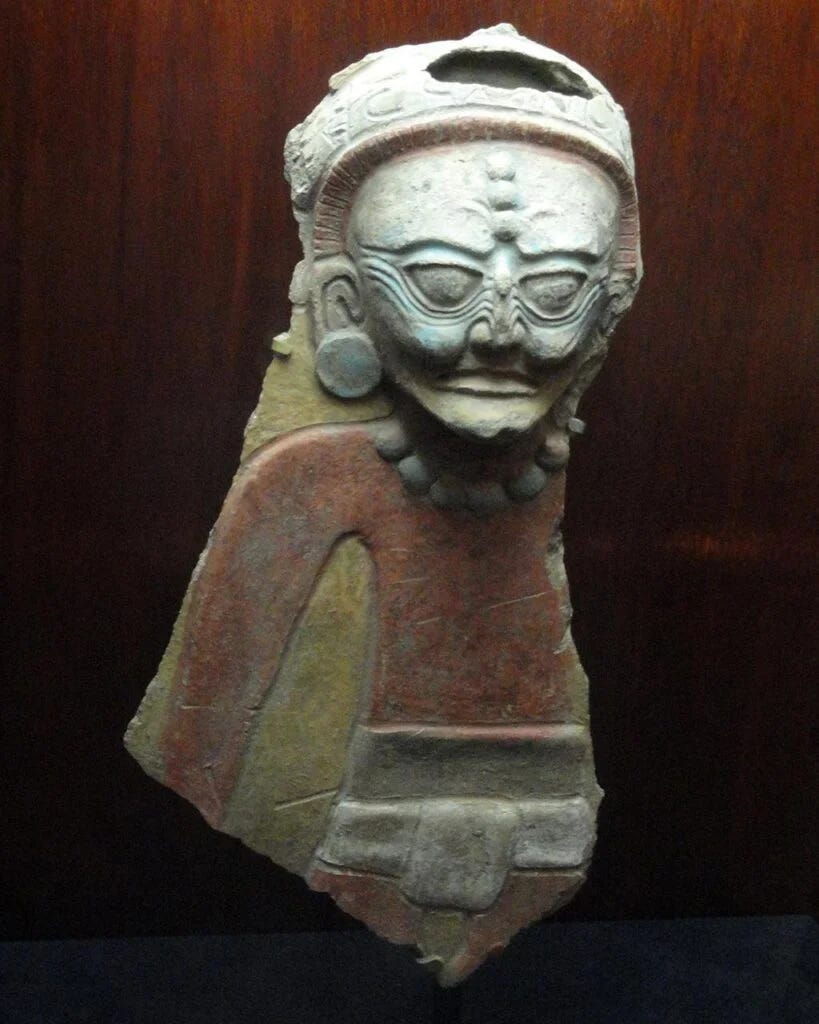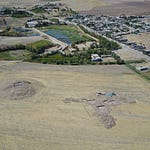The Body as Canvas
In a dark limestone chamber beneath the Belizean rainforest, past dripping stalactites and ancient footpaths worn by centuries of ritual use, archaeologists have discovered something that has long eluded Mesoamerican scholars: tattooing tools from the Classic Maya world.

The discovery, published in the Journal of Archaeological Science: Reports1, centers on two small, sharp flakes of chert recovered from Actun Uayazba Kab—“Handprint Cave”—in the Roaring Creek Valley of central Belize. Though diminutive in size, these stone tools carry the weight of cultural practice: microscopic evidence of black pigment, signs of repeated use, and wear patterns consistent with puncturing soft tissue suggest their role in a deeply intimate and symbolic process—tattooing human skin.
“The skin served as a social canvas,” the authors wrote, proposing that Maya tattoos were not just decorative but encoded with status, identity, and spiritual power.










